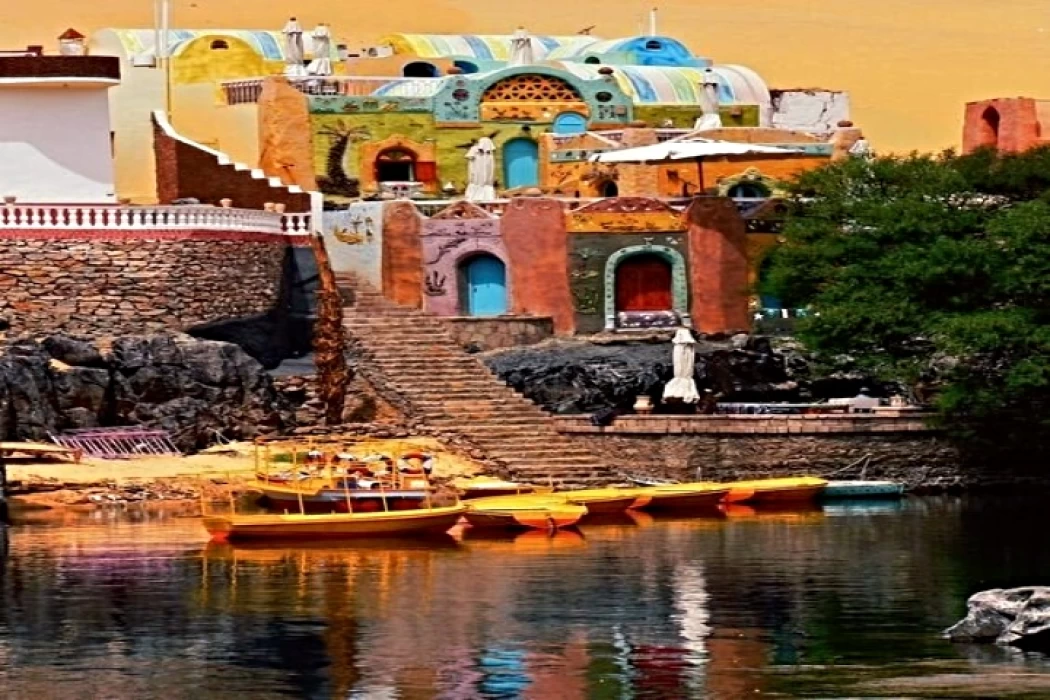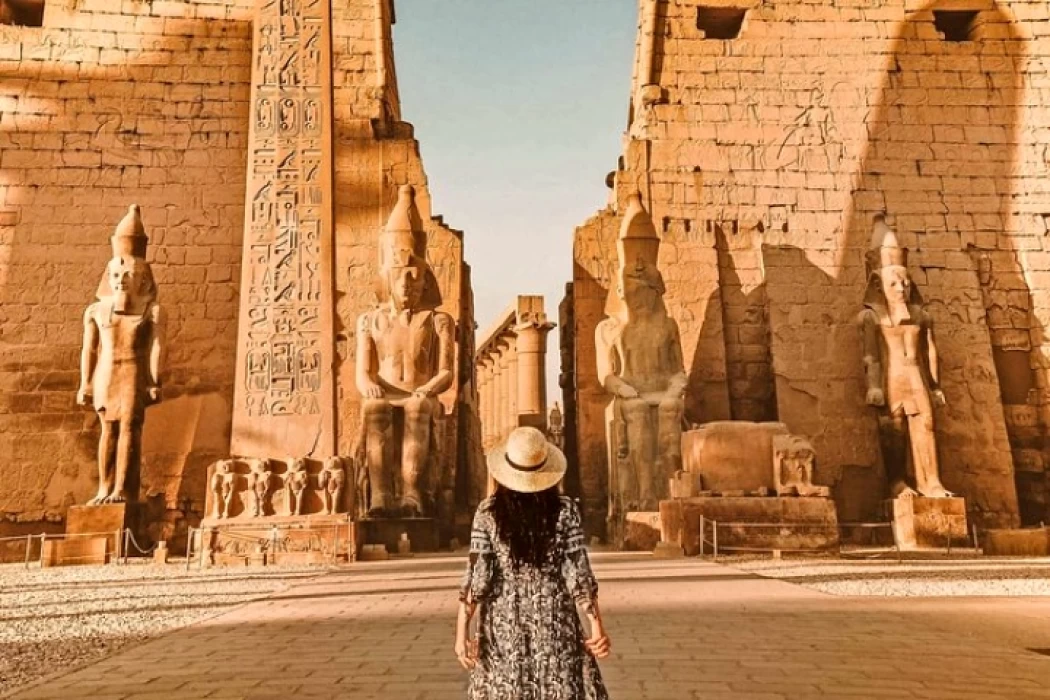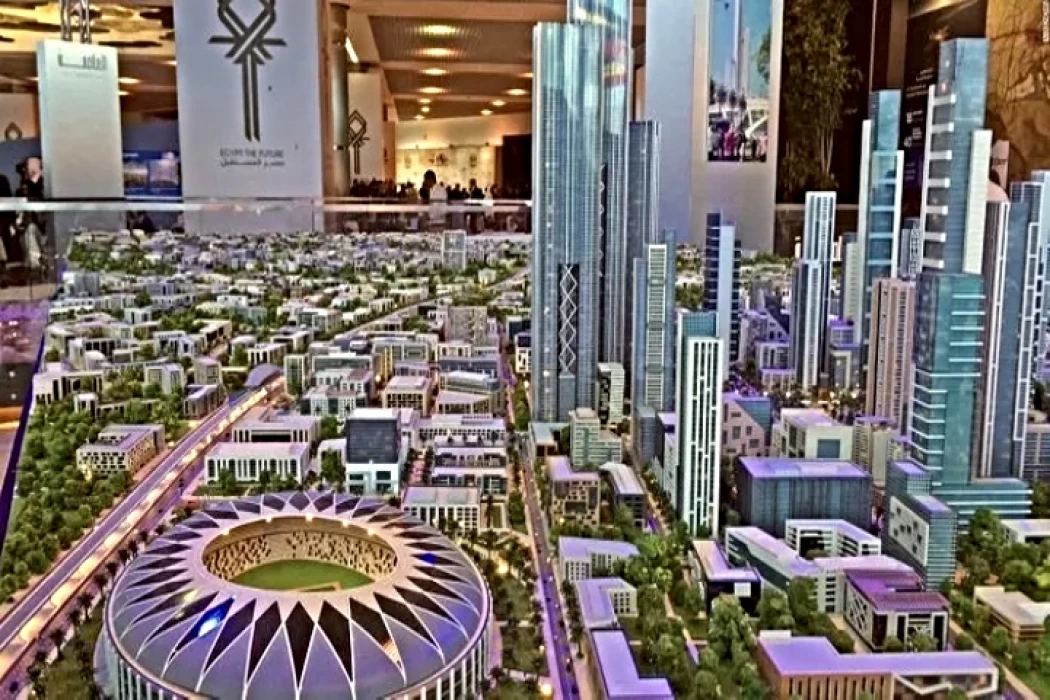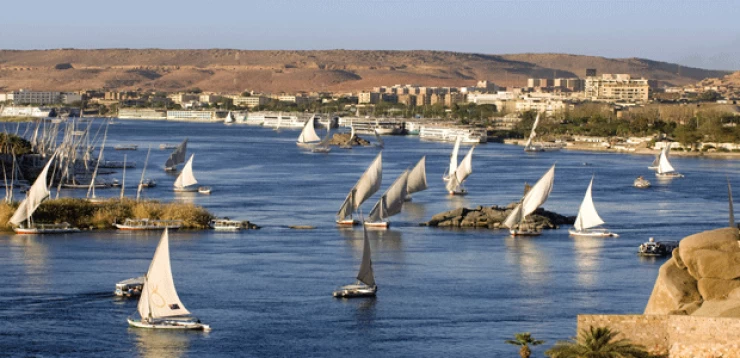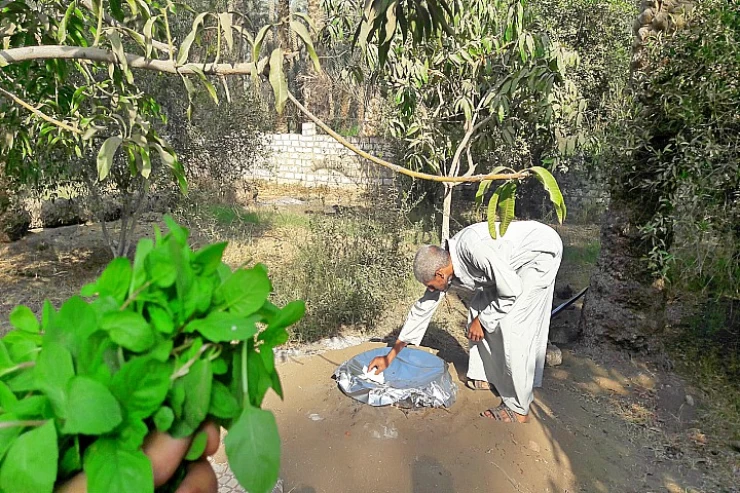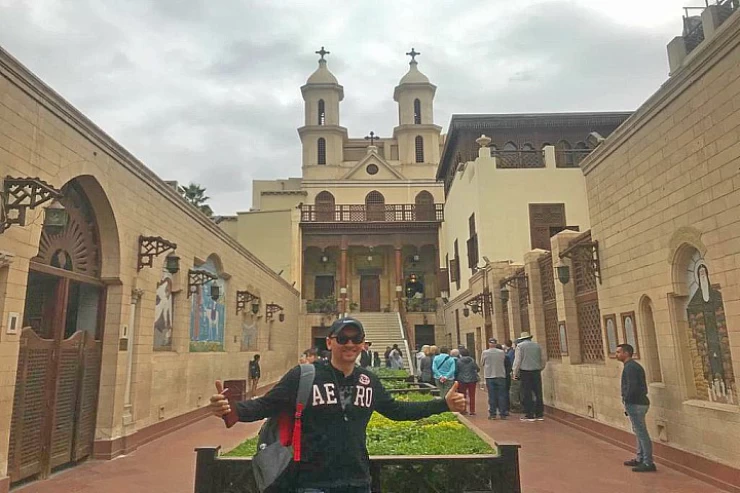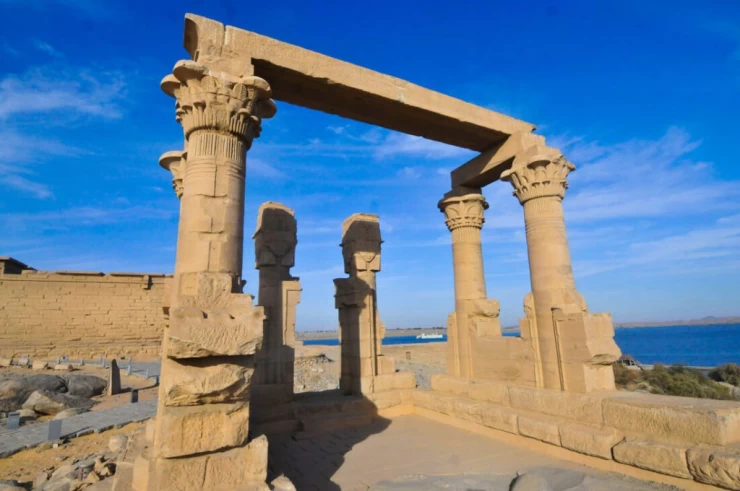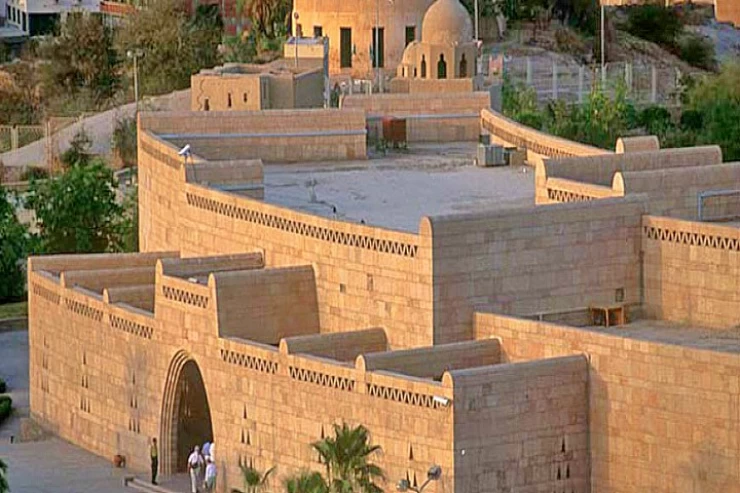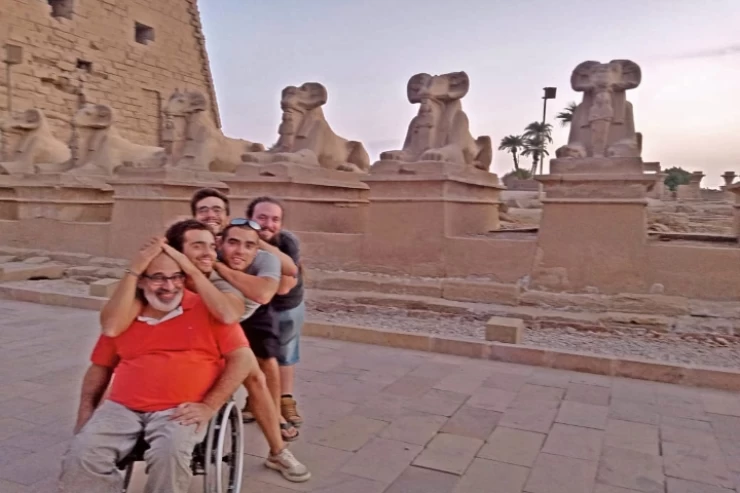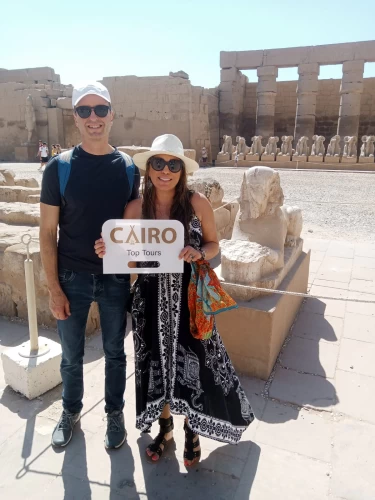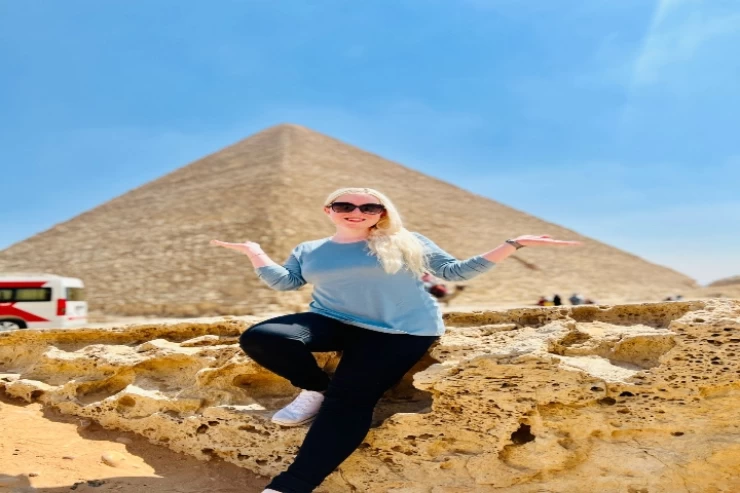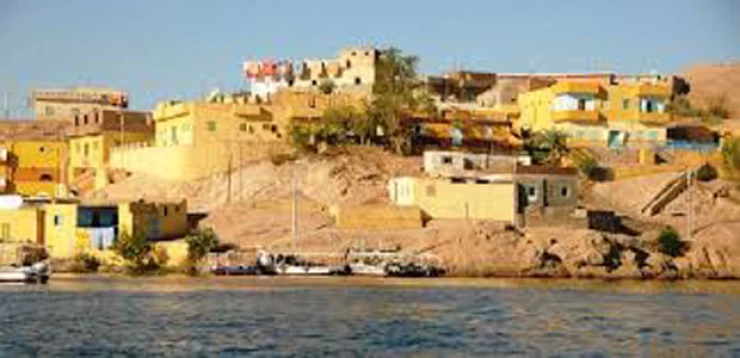
The Nubian Village
Facts about The Nubian Village
The ancient Egyptians referred to Nubia as "the land of bows" because of the great skill of its archers. Numerous civilizational kingdoms flourished there, some of which ruled over the entire Nile Valley and the Mediterranean Sea to the north. Throughout history, the people of Nubia served as Egypt's first line of defense to protect its southern borders.
Where the history of Nubia is replete with many events and victories, the Nubians were protecting Egypt's southern borders, and from the people of Nubia was King Mina, the unifier of the two countries of the first Egyptian dynasty, and when the Hyksos invaded Egypt, King Ahmose used the skilled craftsmen from the people of Nubia in rebuilding the Egyptian army that expelled the Hyksos.
Nubians were used by Muhammad Ali to develop the Egyptian army in the modern period. They also demonstrated their deep awareness of the nation's paramount interest by making significant sacrifices to construct the High Dam.
The Nubia region includes 38 villages and one bandra, and the Nubian village or city consists of a group of widely spaced dwellings, which are often located on the bank of the Nile or both banks and are called Najaa.
In Nubia, there are no roads that are suitable for land transportation, so the only means of transportation available to the people are the Nile and their dhows or Nile steamers. Animals are used to travel between neighboring villages via mountain trails.
By using bright colors that reflect the ancient Nubian nature, utilizing Nubian folklore to draw tourists to the Nubian village, and creating an atmosphere amidst the picturesque surroundings, the villagers were able to capitalize on the charming natural surroundings and transform their homes on the banks of the Nile River into works of art.
As a kind of customs and traditions passed down from the ancestors, some villagers in West Suhail raise Nile crocodiles in iron cages inside their homes. This has recently drawn the attention of tourists, who are eager to take memorial photos with the small crocodiles and feed the adults from them in addition to the handicrafts that the Nubian house contains, which are made by housewives using natural materials.
Latest Articles
Admin
Aswan Governerate in Egypt
One of Egypt's southern governorates is Aswan Governorate. The city of Aswan serves as its capital. At a latitude of 22 north of the equator (also known as the Tropic of Cancer), it is bounded to the north by the Qena Governorate, to the east by the Red Sea Governorate, to the west by the New Valley Governorate, and to the south by the Republic of Sudan.
Admin
Luxor Governorate Egypt
The capital of the Arab Republic of Egypt is Luxor City, which was once known as "Thebes City" because it served as Egypt's capital during the Pharaonic era. It is situated in the South Upper Egypt region, approximately 670 kilometers from the capital Cairo from the south. It is bordered on the north by Qena Governorate, on the south by Aswan Governorate, on the east by Red Sea Governorate, and on the west by New Valley Governorate.
Admin
History of kafr El Sheikh Governorate
Kafr El Sheikh Governorate is an Egyptian governorate, located in the northernmost part of Egypt in the Nile Delta, with Kafr El Sheikh as its capital. It had a population of 3,172,753 in 2015 and an area of 3,748 km². Its entire area is located north of the delta and overlooks the Mediterranean Sea. The main economic activity of the residents of the governorate is agriculture and fishing, especially the southern lands of the governorate and the lands overlooking the Nile River - Rosetta Branch.
Admin
Egypt's New Administrative Capital
The New Administrative Capital is located between the Cairo-Suez and Cairo-Ain Sokhna roads, 60 km from Cairo and the same distance from Ain Sokhna and Suez. The New Administrative Capital is located on the border of Badr City, in the area between the Cairo-Suez and Cairo-Ain Sokhna roads, just after New Cairo, Mostakbal City and Madinaty.
Admin
Al Gharbia Governorate
Gharbia Governorate is one of the governorates full of archaeological sites, whether they are places or facilities (mosques, churches), as the governorate is a destination for visitors to these places throughout the year, whether they are Egyptians from the different governorates.
Admin
Hamata Islands (Qulaan Archipelago) in Marsa Alam
The Hamata area, south of Marsa Alam in the Red Sea, is one of the most important parts of the Wadi El Gemal Reserve, whether in the desert or the sea. It was named after the sorrel plant, which was distorted to Hamata.
